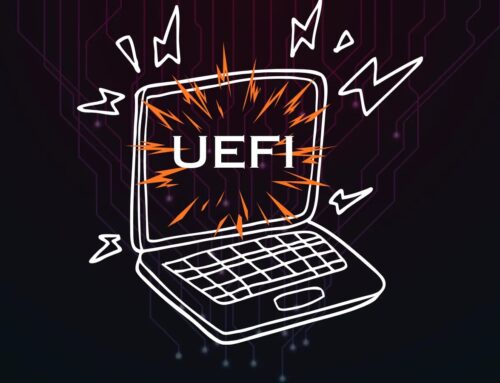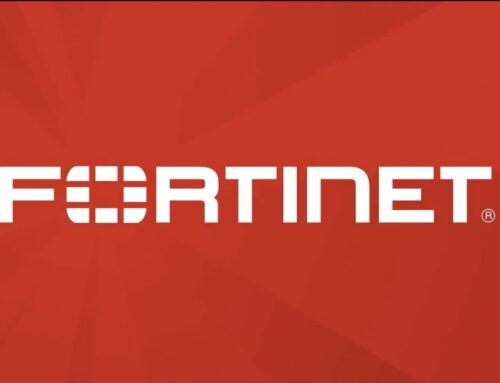
CL-STA-0969 Installs Covert Malware in Telecom Networks During 10-Month Espionage Campaign
A disturbing trend has emerged from the shadows of state-sponsored cyber warfare: the relentless targeting of critical telecommunications infrastructure. Recent intelligence, spearheaded by Palo Alto Networks Unit 42, details a sophisticated and protracted espionage campaign attributed to a threat actor dubbed CL-STA-0969. This group has successfully infiltrated telecommunications organizations across Southeast Asia, establishing covert remote control over compromised networks. The sheer audacity and prolonged nature of this operation, spanning 10 months from February to November 2024, underscore the escalating threats faced by vital communication lifelines.
CL-STA-0969: A Covert Espionage Campaign Unmasked
The state-sponsored threat actor CL-STA-0969 orchestrated a meticulously planned and executed campaign, focusing its efforts on gaining deep and persistent access to telecommunications networks. This wasn’t a smash-and-grab-style attack; rather, it was a long-term strategic play designed to facilitate continuous espionage and potentially disruptive actions. The primary objective, as identified by Unit 42, was to establish comprehensive remote control over these networks. Such access allows for a multitude of malicious activities, from data exfiltration and surveillance to potential network manipulation and disruption, all under a veil of secrecy.
Targeted Infrastructure: Telecommunications in Southeast Asia
The choice of targets is highly significant. Telecommunications networks are the backbone of modern society, enabling everything from emergency services and financial transactions to everyday communication and economic activity. Compromising these networks provides an adversary with unparalleled strategic advantages. CL-STA-0969’s specific focus on Southeast Asia suggests geopolitical motivations, potentially related to intelligence gathering, economic destabilization, or the ability to influence critical communications within the region. The detailed observation of incidents, including one particularly impactful attack on critical telecommunications infrastructure, highlights the severity and success of CL-STA-0969’s operations.
The Modus Operandi: Covert Malware Deployment
While the initial vector of compromise isn’t explicitly detailed in the provided information, the campaign is characterized by the installation of “covert malware.” This implies highly sophisticated and stealthy implants designed to evade detection by conventional security measures. Covert malware often employs advanced techniques such as:
- Evasion Techniques: Employing polymorphic code, anti-analysis checks, and obfuscation to bypass antivirus and endpoint detection and response (EDR) solutions.
- Persistence Mechanisms: Establishing enduring footholds within compromised systems, often leveraging legitimate system functionalities or obscure registry keys.
- Command and Control (C2) Stealth: Using encrypted communication channels, domain fronting, or legitimate cloud services to blend C2 traffic with normal network activity.
- Living Off The Land (LOTL): Abusing existing system tools and binaries to perform malicious actions, making it harder to differentiate malicious activity from legitimate system processes.
The goal of such covert malware is to maintain persistent access and remote control without raising alarms, allowing the threat actor to operate undetected for extended periods, as evidenced by the 10-month duration of this campaign.
Implications for Network Security and National Critical Infrastructure
The CL-STA-0969 campaign serves as a stark reminder of the persistent and evolving threats against critical infrastructure. The implications are far-reaching:
- Data Confidentiality and Integrity: Compromised networks can lead to the widespread exfiltration of sensitive data, including subscriber information, call records, and potentially state secrets. Data integrity can also be jeopardized, leading to unreliable communication.
- Service Availability: While the primary goal was remote control for espionage, persistent access provides the capability for future disruptive attacks, potentially leading to widespread communication outages.
- Economic and Political Stability: Disruptions to telecommunications can have cascading effects on national economies, public safety, and overall political stability.
- Erosion of Trust: Repeated breaches of critical infrastructure erode public and international trust in the security of national networks.
Remediation Actions and Proactive Defense
Defending against advanced persistent threats (APTs) like CL-STA-0969 requires a multi-layered, proactive security posture. Telecommunications organizations, and indeed all critical infrastructure operators, must prioritize the following:
- Enhanced Network Segmentation: Isolate critical operational technology (OT) and highly sensitive network segments from broader IT networks to limit lateral movement in case of a breach.
- Robust Endpoint Detection and Response (EDR)/Extended Detection and Response (XDR): Deploy advanced EDR/XDR solutions capable of detecting subtle anomalies, behavioral patterns, and fileless malware.
- Threat Intelligence Integration: Continuously ingest and act upon threat intelligence from trusted sources like Unit 42, understanding the latest TTPs (Tactics, Techniques, and Procedures) of state-sponsored actors.
- Strong Access Control and Multi-Factor Authentication (MFA): Implement strict least-privilege principles and enforce MFA for all remote access and administrative accounts.
- Regular Vulnerability Management and Patching: Aggressively identify and remediate vulnerabilities (e.g., CVE-2024-XXXXX – *placeholder, a specific CVE was not provided in the source material*) across all network devices and systems.
- Network Traffic Monitoring and Anomaly Detection: Employ network intrusion detection systems (NIDS) and Security Information and Event Management (SIEM) solutions to monitor for unusual traffic patterns, C2 communications, and data exfiltration attempts. Deep packet inspection (DPI) can be crucial here.
- Incident Response Plan Development and Testing: Regularly test and refine incident response plans to ensure rapid detection, containment, eradication, and recovery in the event of a breach. This includes forensic capabilities.
- Employee Security Awareness Training: Educate employees on phishing, social engineering, and the importance of reporting suspicious activities.
Recommended Security Tools for Critical Infrastructure
| Tool Name | Purpose | Link |
|---|---|---|
| Palo Alto Networks Cortex XDR | Extended Detection and Response (XDR) for endpoint, network, and cloud security. | Palo Alto Networks |
| Splunk Enterprise Security (ES) | SIEM solution for security monitoring, threat detection, and incident response. | Splunk |
| Snort | Open-source Network Intrusion Detection System (NIDS) and Intrusion Prevention System (NIPS). | Snort.org |
| Nmap | Network scanner for discovery and security auditing. | Nmap.org |
| Corelight Sensors | Bro/Zeek-based network security monitoring for deep traffic analysis. | Corelight |
Conclusion
The CL-STA-0969 espionage campaign targeting telecommunications networks in Southeast Asia is a stark illustration of the persistent and sophisticated threats posed by state-sponsored actors. The 10-month duration of this covert operation, aimed at establishing remote control via malware, highlights the critical need for robust, proactive, and continuously evolving cybersecurity defenses within critical infrastructure. Organizations within key sectors must move beyond basic security hygiene, investing in advanced detection capabilities, comprehensive threat intelligence, and stringent incident response protocols to safeguard the digital foundations of our interconnected world.





